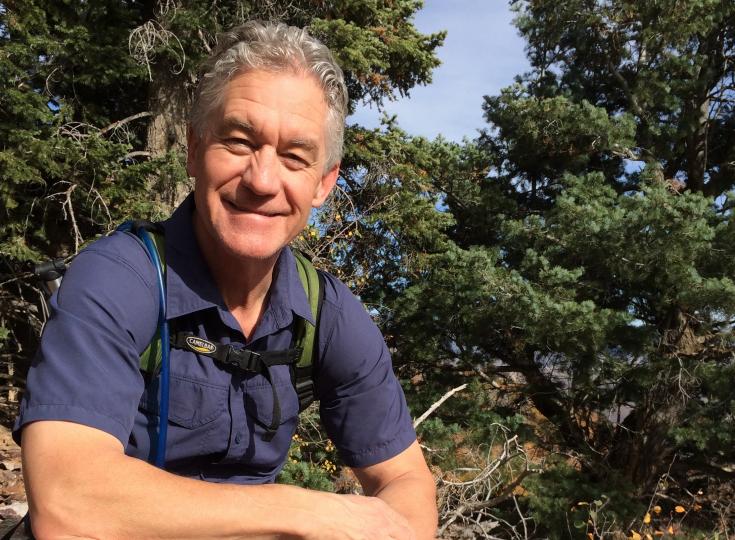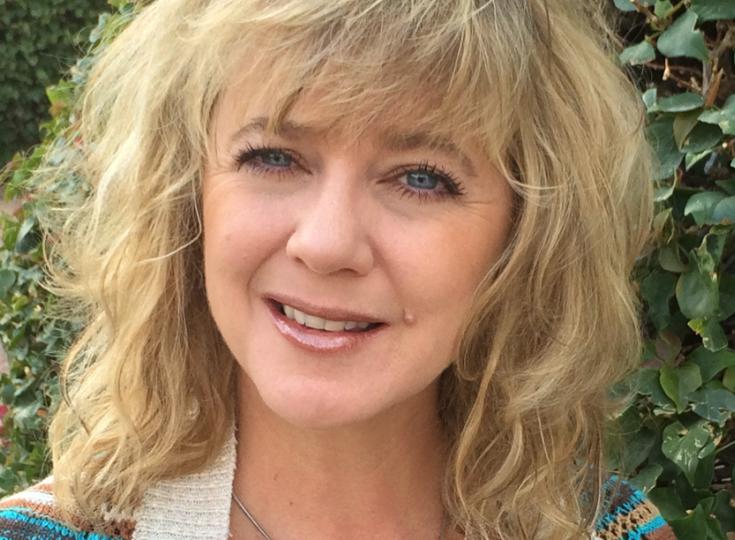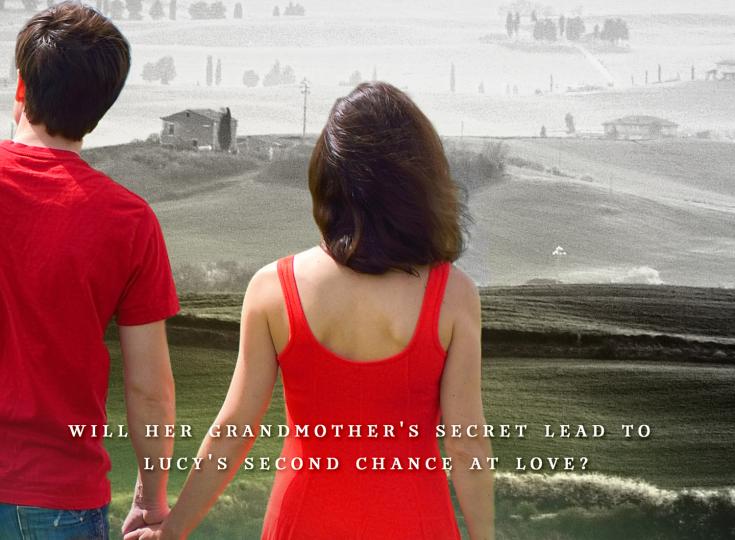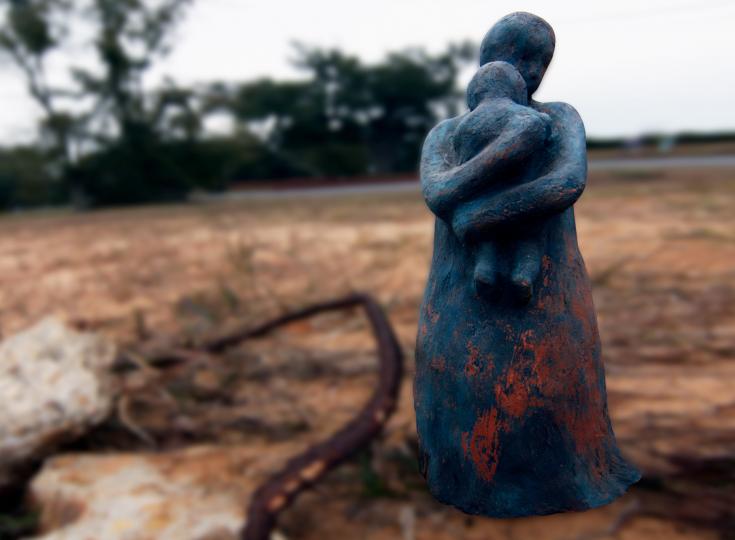G. Egore Pitir - Challenging Our Perspectives On Life

Former Air Force fighter pilot, G. Eorge Pitir, enjoys hiking the mountains of Utah. When he connects with the high land, many a plot twist or emotional scene come to mind. Pitir published his debut novel, Face of Our Father, in 2015. Since then, the book has had rave reviews, won multiple awards and was recently staged as a micro-play. What makes Pitir's work so exceptional is the fact that he has the ability to paint a story from different perspectives, challenging our views on life. In this interview, we chat about Pitir's inspiration, how he pulled off such edge-of-the-seat action scenes and how the characters just took the story where it had to go.
Tell us what Face of Our Father is about
It’s about all of us, our struggle to find our way in a world that won’t leave us alone. One moment, we’re sipping coffee, the next, planes plow into the World Trade Center and our lives are forever changed. One person bows their head in prayer. Another joins the military. Protagonist Stuart Pierce becomes a Federal Flight Deck Officer, an airline pilot with a gun. His wife, co-protagonist Angela Pierce leaves the Washington D.C prosecutor’s office to pursue pro bono work representing those women she calls “the voiceless women of the world.” Soon, Angie is hiding death threats. With a graphic photo of a ritual stoning Stu’s only clue, he sets out to protect a wife who refuses to protect herself. Obsessed with catching a killer, Angie plunges them both into a web of global intrigue. On the surface, Face Of Our Father is a political thriller, a West versus Middle East current-events saga of clashing cultures. But at its core, Face Of Our Father is an intricate love story, a vexing account of one couple’s conflicting devotions—the man, forced to choose between love and honor, the woman between love and justice.
Snippet from the opening scene of the micro-play
The depth and detail of your book clearly shows that a lot of care and consideration went into research. Can you tell us what kind of research you did for the book?
For the airline details, I relied on my twenty-seven years as an airline pilot. The military depth was the result of eight years as an Air Force fighter pilot. The longest, hardest hours were spent researching the Middle-East...read, read, read, and then read some more, the Qur’an, histories of the Middle-East, as well as geopolitical dissertations. I also followed websites such as loonwatch.com, and had some personal contact with those highly familiar with Islam. But, at some point, you just have to write the story, hoping that you know enough to pen some bit of truth.
You don’t shy away from tackling controversial topics in your book, did you ever have any doubts about including certain elements?
Doubts? Absolutely. Every time I wrote from a Middle-Eastern character’s perspective, I worried. Is this accurate? Is this fair? Can I write some bit of truth? I did the best I could.
Stories involving terrorism are typically very one-sided. How hard was it to make your story more rounded?
That part was easy. I asked myself a question—“If I had been born in Afghanistan, who would I be?” The answer was obvious. As I mentioned earlier, I was an Air Force fighter pilot. If born in Afghanistan, I would have been mujahedeen. Armed with that truth, I wrote.
Is there an underlying message you wish to relay about basic human nature through your characters?
The biggest lies we suffer are the lies we tell ourselves.
Co-protagonist, Angela Pierce, arguing with the burqa wearer of her imagination. Author Pitir as the voice of the burqa.
Did you work out the entire plot of your book before you started to write?
No. I thought I had, but the characters took over. When I couldn’t write some preplanned scene, when it just wouldn’t flow onto the paper, I let them take their story where it had to go.
What was your greatest challenge when writing this book?
Writing some truth about another culture—a frightening responsibility.
What made you decide to fuse what is, in essence, a love story with a tense, political thriller?
The fusion was my way of highlighting just how deeply today’s cultural clash has penetrated everyone’s life. We wake up to news stories of ISIS. Our government records our phone conversations. Our children ship off to war. We fall asleep watching reruns of Homeland. The aftermath of 9-11 is everywhere. That event defines our generation, touching every facet of our lives, even our deepest loves.
Can you tell us about your process for writing such gripping action sequences? The sequence on the airplane, in particular, is pretty spectacular.
In writing the airplane scene I had a big advantage. I simply put myself in the airplane. As a professional airline pilot, every nine months, we visit the simulator for recurrent training. Landing gear malfunctions, engine fires, bomb explosions, we train for all sorts of disasters. Today’s simulators are so real that when the training event occurs you quickly lose yourself in the scenario, and just try to save the airplane. It was relatively easy to bring that feeling to the scene. The challenge was the editing. The scene became too big, too long. But, by the third draft, it was pared down, and became a pretty strong scene. Whereas, the Afghan mountain scenes took many, many drafts to complete. I still put myself there, but it was harder, because I’ve never lived it.
What are you busy working on now?
I’m working on the sequel, FACE OF OUR MOTHER, slated for publication this December, if all goes well.
Where can our readers interact with you or find more of your work?
For more of my work, they’ll have to wait for the sequel, or visit my blog at http://gegorepitir.com where I occasionally write something worth reading. My Christmas blog was well received. Readers can reach me at [email protected], or via my Facebook page https://www.facebook.com/gegorepitirofficial/


